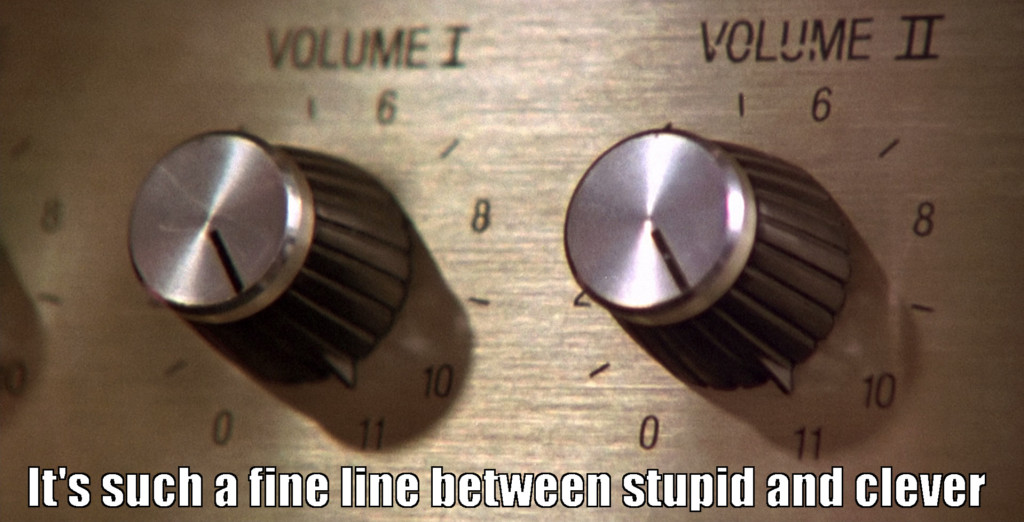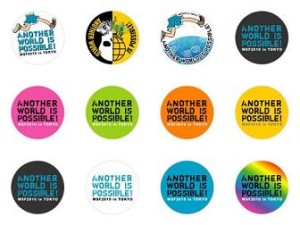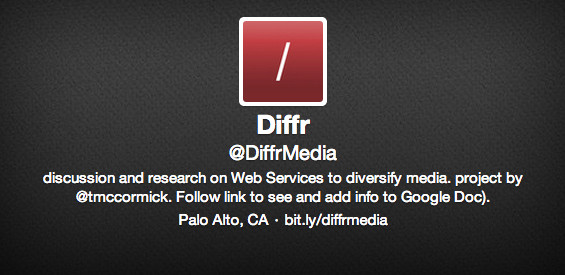(7th in an occasional series on Designing for User Agency).
After hearing plenty about it, I’m reading the interesting 2013 book Scarcity: Why Having Too Little Means So Much, by Sendhil Mullainathan and Eldar Shafir (behavioral economist, Harvard, and cognitive scientist, Princeton, respectively).
I couldn’t help but notice that how I’m reading, and why I’m reading the book right now, are themselves an example of what the book talks about. First, in general, I have piles of books and articles I’m quite interested to read, along with many projects and tasks — I’m constantly aware of the scarcity of my time/attention, and puzzling over best methods to allocate scarce attention among them. Like the path of the righteous, this effort is beset on all sides by iniquities and the tyrannny of circumstance.
For example, the reason I chose to read Scarcity right now, above the other books on my reading pile, is I discovered it’s due back at the library, and couldn’t be renewed because others have requested it. So I both moved it to the top of my reading, and set out to read it quickly so as to return it in a day or two. Like the example at start of Scarcity about haggling over a tiny but unfair taxi overcharge, here my behavior is being altered all out of proportion to the trivial fee involved, which suggests distortion from scarcity. On the other hand, it’s focusing my attention, making me stick to finishing a good book, and transmitting to me a message that others value the good (why it can’t be renewed at library indefinitely)
This provides a tidy example of the complex ways various types of scarcity can affect us, and how it can both focus and distort our “mindset.” Mullainathan and Shafir propose that scarcity of many types has a common logic, and can be helpfully understood as the perceived lack of any resource — e.g. money, time, food, or the right to borrow further books at the library:
the feeling of scarcity depends on both what is available and on our own tastes…We let preferences be what they are and focus instead on the logic and the consequences of scarcity: What happens to our minds when we feel we have too little, and how does that shape our choices and our behaviors?…. Scarcity, in every form, creates a similar mindset.
The rest of the book studies that mindset, and might be summarized as follows: Scarcity, defined as perceived lack of any resource, tends to lower bandwidth (mental/decision-making capacity) and lead to tunneling (short-term distorted focus). This tends to create a scarcity trap, or long-term continuation of perceived and/or actual scarcity. Continue reading







